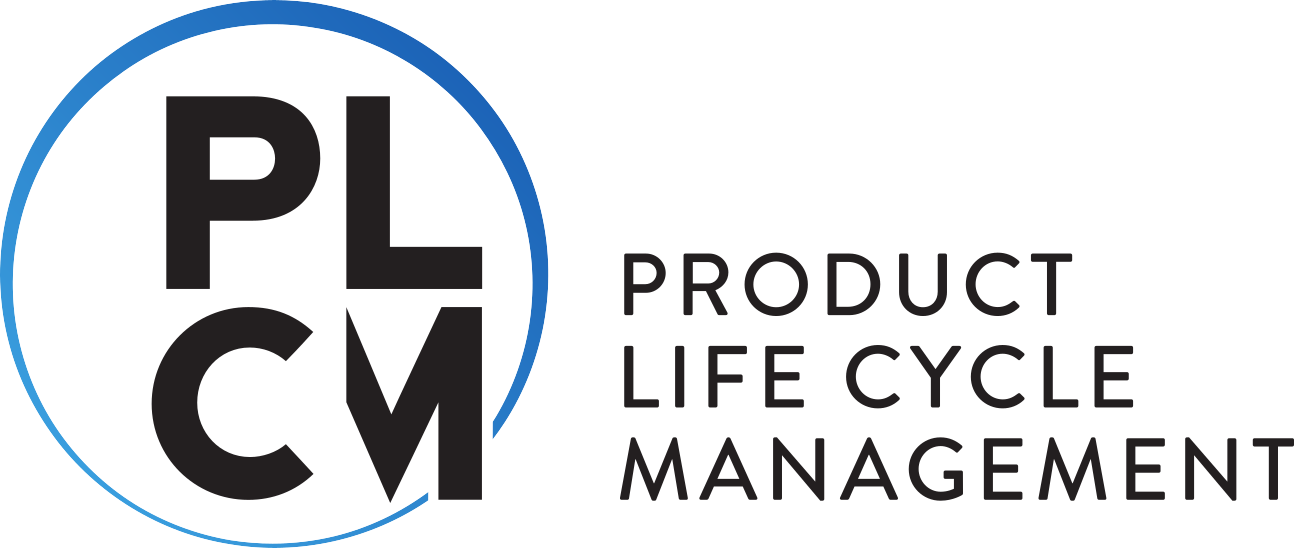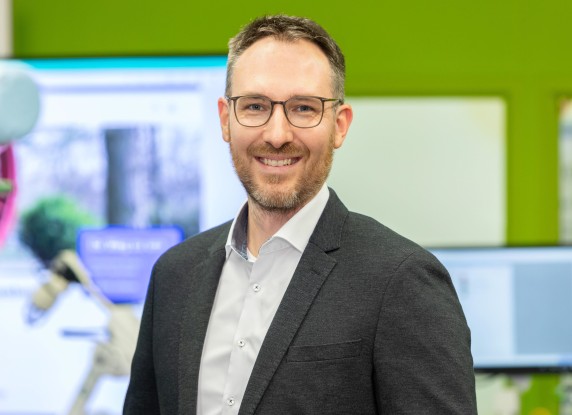The International Academy of Production Engineering is the world's leading organisation in the field of production engineering research and is at the forefront of the development, optimisation, control and management of processes, machines and systems. Limited membership of the CIRP is based on proven excellence in research. Professor Schleich is an Associate Member of the CIRP.
Founded in 2000, the Design Society is an interdisciplinary community of scientists and practitioners from industry. Prof Schleich was Chair of the Special Interest Group Robust Design for several years and is an elected member of the Advisory Board of the Design Society.
The research association „Forschungsvereinigung Smart Engineering e.V.” is an association for the support of science, research and education in the field of smart engineering.
The Digital Twin Consortium (DTC) is a global non-profit partnership of industry, government and academia.
The DTC was founded as Industrial Internet Consortium in March 2014 by the companies AT & T Inc., Cisco Systems Inc., General Electric, Intel Cooperation and IBM Corporation, to bring together the technologies and organizations for the growth of the Industrial Internet. Its members include small and large technology innovators, researchers, universities and governments.
This goal of the DTC is to:
- Drive innovation through the creation of new industry use cases and testbeds for real-world applications
- Define and develop the reference architecture and frameworks necessary for interoperability
- Influence the global development standards process for internet and industrial systems
- Facilitate open forums to share and exchange real-world ideas, practices, lessons, and insights
- Build confidence around new and innovative approaches to security.
In the framework of the DTC membership of the Technische Universität Darmstadt the PLCM participates in the regular meetings of the members and leads discussions on new approaches in the context of Industrial Internet. Currently (as of March 2024) the DTC represents 181 members from industry, government and academia.
ProSTEP iViP is an association that provides pioneering solutions and standards for product data management and virtual product development. In cooperation with science and research the interests of manufacturers and suppliers in the manufacturing industry as well as of IT vendors are exchanged, so that more efficient processes, methods and systems are developed.










